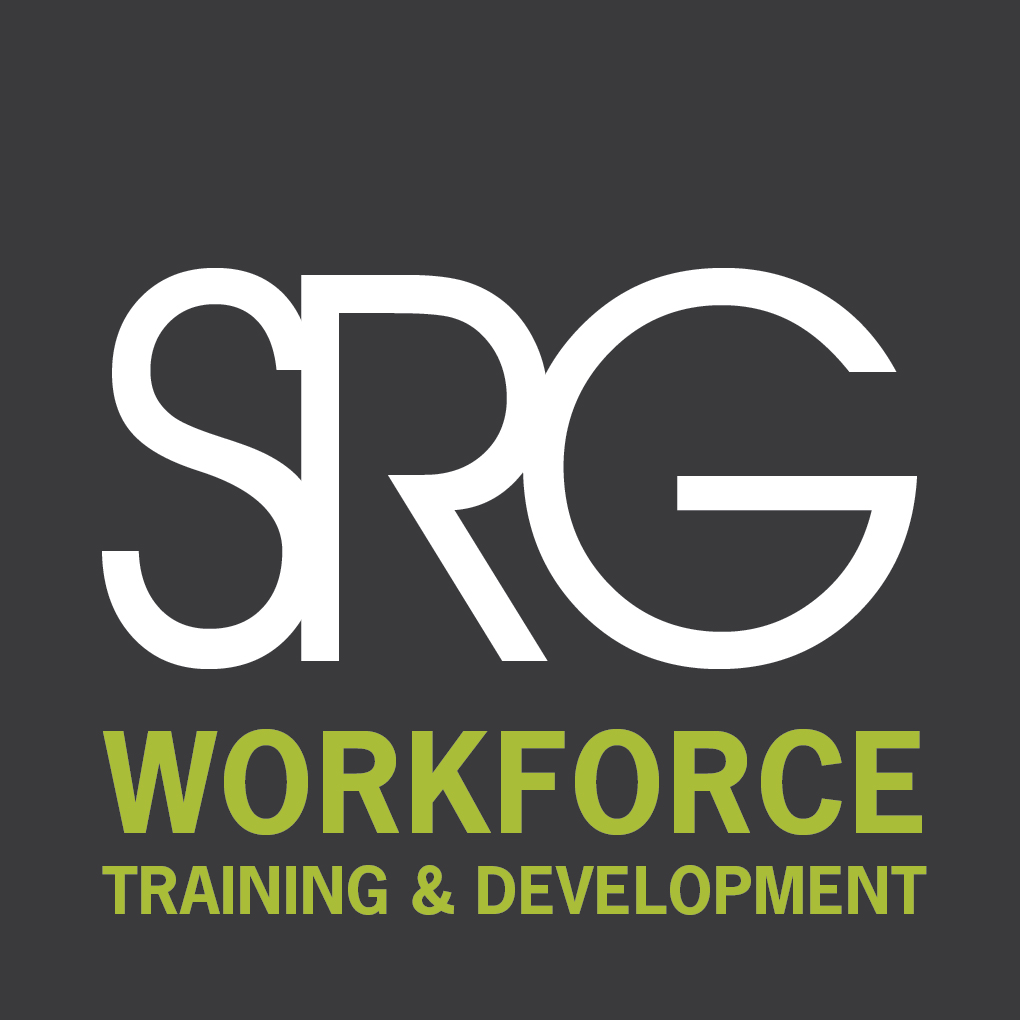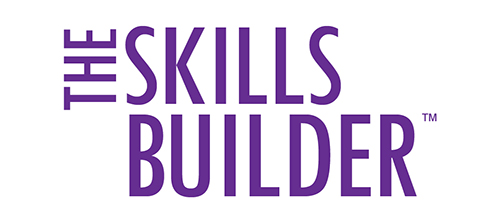
Talent Acquisition
Stop Recruiting and Start Training
by Sean Hemraj – Director – Workforce Planning & Development, SRG
How long has it been since you posted a complete job description and actually received resumes that met the full requirements of the role? In fact, when was the last time you received applicants that were even 80% qualified? If you had difficulty recollecting the answer to either of these questions, then you are feeling the effects of today’s talent crunch.
Unfortunately, you are not alone. Once thought to be an industrial trade burden, the workforce shortage has transitioned from a ‘growing concern’ to a ‘considerable threat’ for most industries that rely heavily on the ability to have immediate access to an awaiting applicant resource. Industries like IT, healthcare, and even professional – once thought to be immune, are the latest to fall under the ever expanding wave of silence.
So now what? We have established that the workforce shortage is real and that it is not a good thing – but what can you, as an organization, do to start turning obstacles into opportunities? The answer is simple and it starts with you changing the way you think about recruiting. Let’s take a closer look as to why.
Traditionally, industrial recruitment processes are designed to source and refine hard skills. Qualifications examined included such things as education level, or specific experiences such as what machines an applicant ran, how many people they supervised, or what materials they have welded. More or less, it was what a person knew or could do in order to benefit the growth and profitability of the corporation involved. This method made sense and thrived quite well in a talent rich market. Subsequently, employers could be more picky on whom they selected and allowed into their ranks.
With such a focus on hard skills, this traditionally left little consideration for soft skills. Aspects such as personality, motivation, punctuality, attitude, and ability to work well in teams were given a minor role in the hiring process. Employers displayed less concern over the right team fit as it was believed these details held little sway over productivity of a department as it would in an office setting. This may be surprising to some of you in human resources, because these factors are well known to contribute heavily to the reasons why most employees do not work out within their first three months of starting. However, in a talent rich market this level of turnover was an acceptable evil for organizations because there was always another applicant ready to fill the same shoes.
In today’s market, a method like this – which made sense only 5 years ago, is proving to be a sure recipe for high recruitment and training costs, corporate cultural erosion, and eventual loss of productivity/profitability. With that in mind, this is where you need to start thinking differently. In order to work with the current landscape, you need to stop using a recruitment system that was built on different variables for different circumstances. In short, you need to evolve.
Insanity:
Doing the same thing over and over again and expecting different results.
- EVOLVE YOUR MARKET PERCEPTION
As an optimist, too often we placate negative results thinking that the next time will be better. “We just need to advertise earlier, or on a larger job board, or perhaps use a different job title.” Wrong. How do you expect to realize different results if you have not learned anything from the first failed attempt from which to implement change? Stop. Know that the market is not responding because you are not recruiting for the right qualifications. Know that it is not a matter of changing the bait on the hook to catch the fish. The fish simply isn’t there. Know that you need to adapt and change your strategies. Once you have made peace with these realisms move onto step 2. - REFRESH AND RECHARGE YOUR RECRUITMENT FOCUS
With your focus adjusted, it is time to dissect your recruitment template and refine your targets – starting with the job posting. The issue here is not where you have been advertising, but what you have been advertising for. We have already established that the hard skills you seek are not present, so stop making this the focus of your postings. Instead, highlight the soft skills that are primary for new employees to thrive in your organization. Start by making a list of all personal traits indigenous to your corporate culture (e.g. personality, motivation, attitude, etc.).
Once you have refined this list and updated all of your recruitment mediums to reflect the new focus, you should now modify your recruitment process to include stages that measure each personal element from the list of assets created. For example, adjust your interview to include questions that probe for examples where your applicant displayed a strong work ethic. Take note of the company they were working at and the situation. You can now adjust your reference questions to confirm this example thereby asserting that the applicant most likely has a strong work ethic. - DEVELOP TRAINING STRATEGIES
Now that you are targeting the primary ingredients (soft skills) that form the basis for the ideal employee, you need to tackle the training element. Recall that you shifted the focus of your job postings to reflect more soft skills than hard skills. This doesn’t mean that you eliminate all the hard skills from the job posting entirely. Rather, you want to be very choosy on what hard skills are absolutely essential versus trainable. However, a lack of hard skills in your job postings means that you will be attracting applicants that would be an asset to your corporate culture, but will lack the experience or education to actually perform all the duties. Those skills that were labeled as trainable now need to be assessed and paired up with a training option in order to bring your new employee’s skill level up to maximum production.
When selecting training options, keep in mind that these can either be developed in-house or they can be outsourced to a trusted vendor. Ensure that you spend a good deal of time at this stage to develop a sound training plan with enough time allocated so that your new employees are brought up to speed in a manageable period of time – not just what is needed for the company to maintain quotas.
By implementing these adjustments to your recruitment strategies, you greatly expand your resource pool of applicants that can now be considered. In a market where resumes are a commodity it is also important to understand how you can maximize on each applicant that shows interest.
Additionally, focusing on soft skills generally produces applicants that are a better fit as you are looking at qualifications that most deem unteachable. By requiring that the unteachable qualifications be present and adopting strategies to train the rest, this increases corporate commitment, employee loyalty, and can reduce turnover.
Remember, a system like this takes time to develop and implement. Don’t expect an overnight model to be up and running for a recruitment scheduled to complete in two weeks. The process of analyzing your internal culture and adjusting job postings is fairly simple on the front end. The real work and cost is sometimes held in the acquisition of the necessary training mediums and graduated timelines to support this method of hiring.
You have been given a few options to consider; it is up to you to decide how best to proceed. In order to maintain a healthy organization, you must have a viable strategy to consistently produce talent. In a market where the conditions are counter intuitive, change – although tough, is vital.


A key stage in SRG’s Workforce Maximizer system is THE SKILLS BUILDER™ which is a customizable, manufacturing, training and evaluation system designed to educate and develop the skills of Team Members. The goal is to maximize productivity and efficiency, while reducing potential turnover. Current programs include certified Industrial Training, Health & Safety and Quality Systems.
For more information on SRG’s workforce training and development services, contact your local SRG office.

